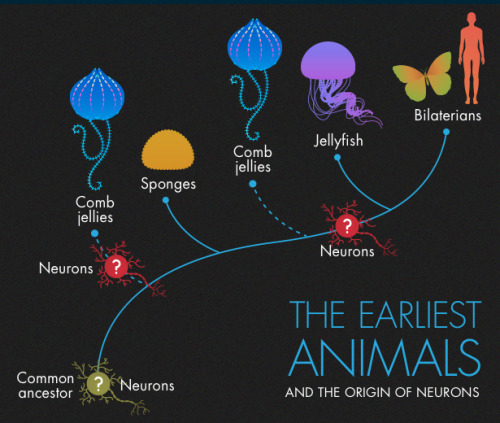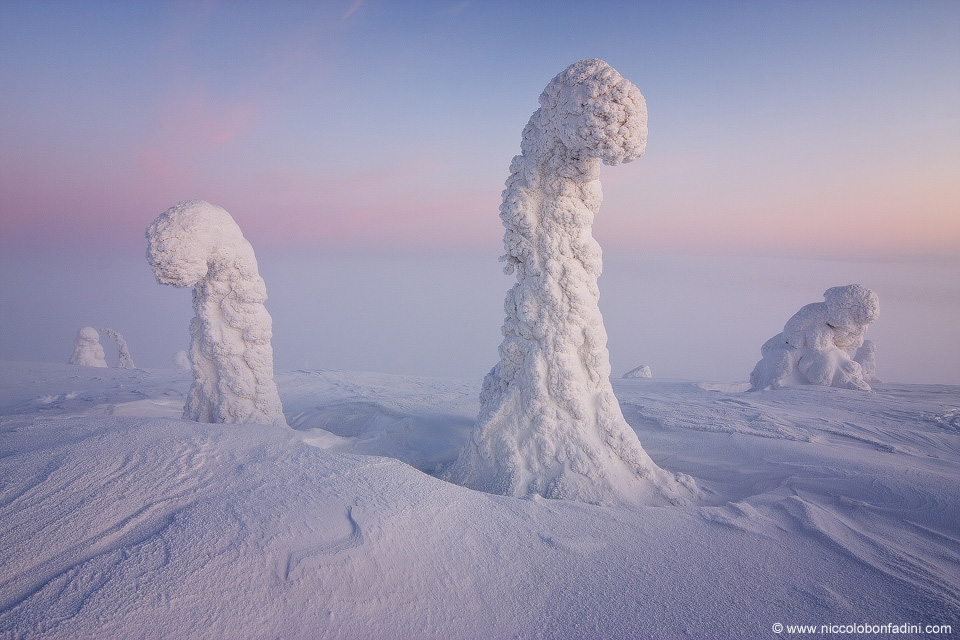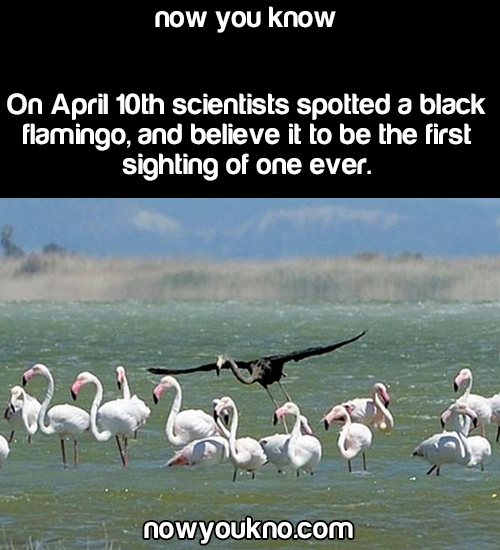

Comb jellies are ancient marine predators whose comb-like cilia refract light as they swim. Biologists are intrigued by their highly unusual nervous systems.
When Leonid Moroz, a neuroscientist at the Whitney Laboratory for Marine Bioscience in St. Augustine, Fla., first began studying comb jellies, he was puzzled. He knew the primitive sea creatures had nerve cells — responsible, among other things, for orchestrating the darting of their tentacles and the beat of their iridescent cilia. But those neurons appeared to be invisible. The dyes that scientists typically use to stain and study those cells simply didn’t work. The comb jellies’ neural anatomy was like nothing else he had ever encountered.
After years of study, he thinks he knows why. According to traditional evolutionary biology, neurons evolved just once, hundreds of millions of years ago, likely after sea sponges branched off the evolutionary tree. But Moroz thinks it happened twice — once in ancestors of comb jellies, which split off at around the same time as sea sponges, and once in the animals that gave rise to jellyfish and all subsequent animals, including us. He cites as evidence the fact that comb jellies have a relatively alien neural system, employing different chemicals and architecture from our own. “When we look at the genome and other information, we see not only different grammar but a different alphabet,” Moroz said.
When Moroz proposed his theory, evolutionary biologists were skeptical. Neurons are the most complex cell type in existence, critics argued, capable of capturing information, making computations and executing decisions. Because they are so complicated, they are unlikely to have evolved twice.
But new support for Moroz’s idea comes from recent genetic work suggesting that comb jellies are ancient — the first group to branch off the animal family tree. If true, that would bolster the chance that they evolved neurons on their own.
The debate has generated intense interest among evolutionary biologists. Moroz’s work does not only call into question the origins of the brain and the evolutionary history of animals. It also challenges the deeply entrenched idea that evolution progresses steadily forward, building up complexity over time.
The First Split
Somewhere in the neighborhood of 540 million years ago, the ocean was poised for an explosion of animal life. The common ancestor of all animals roamed the seas, ready to diversify into the rich panoply of fauna we see today.
Scientists have long assumed that sponges were the first to branch off the main trunk of the animal family tree. They’re one of the simplest classes of animals, lacking specialized structures, such as nerves or a digestive system. Most rely on the ambient flow of water to collect food and remove waste.
Later, as is generally believed, the rest of the animal lineage split into comb jellies, also known as ctenophores (pronounced TEN-oh-fours); cnidarians (jellyfish, corals and anemones); very simple multicellular animals called placozoa; and eventually bilaterians, the branch that led to insects, humans and everything in between.
But sorting out the exact order in which the early animal branches split has been a notoriously thorny problem. We have little sense of what animals looked like so many millions of years ago because their soft bodies left little tangible evidence in rocks. “The fossil record is spotty,” said Linda Holland, an evolutionary biologist at the Scripps Institution of Oceanography at the University of California, San Diego.
Read More

















